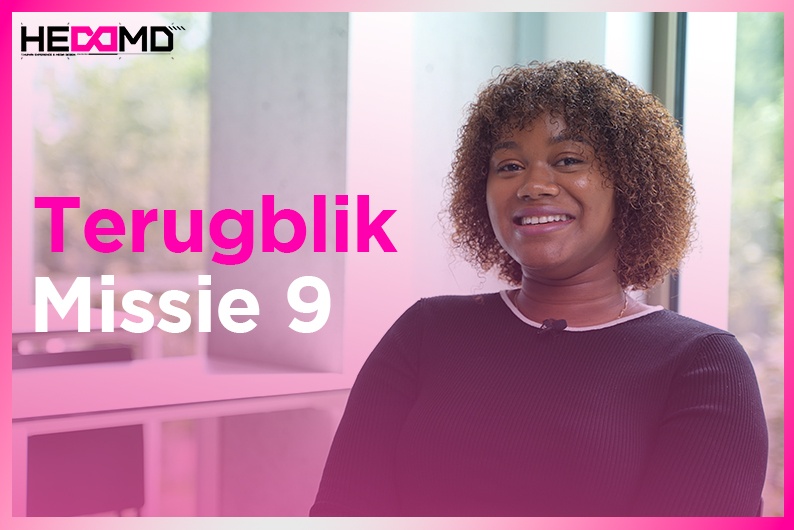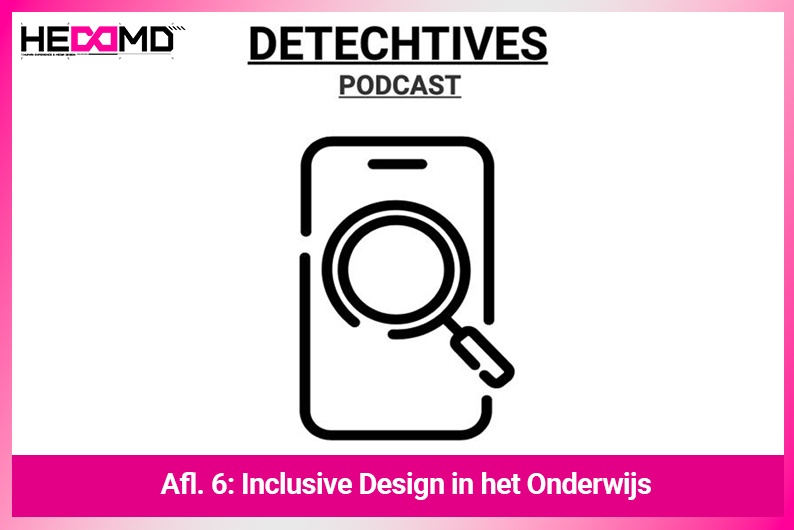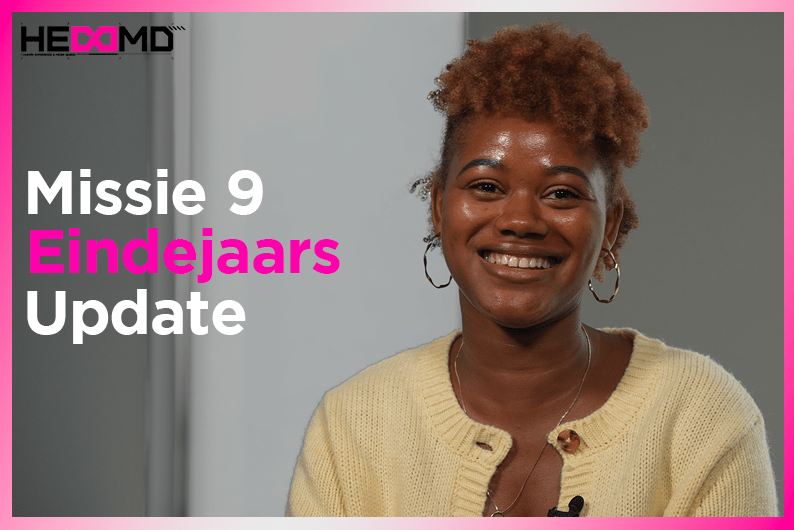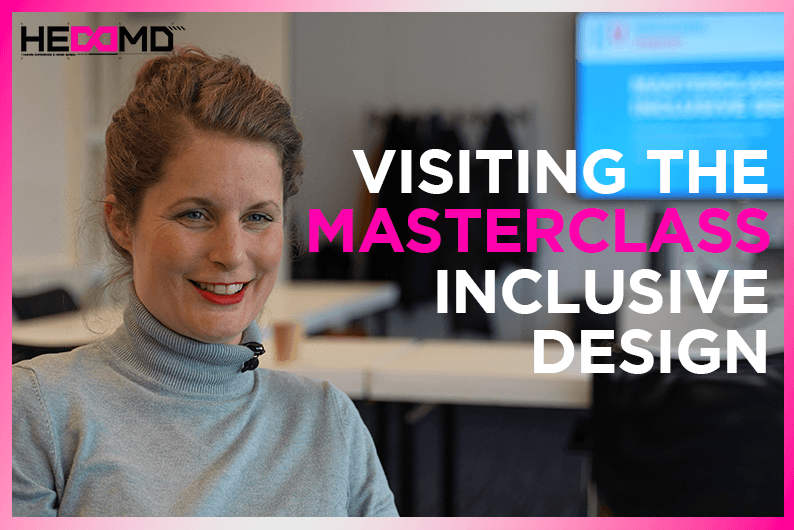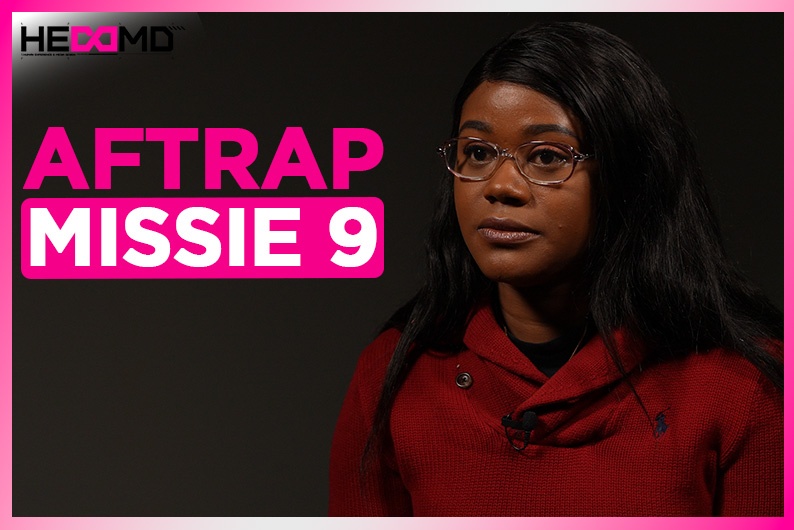In the introductory article, I talked about minimizing exclusion. We think that when designing, you should try to not exclude users who might be interested in using your product. While this may seem obvious, there is some nuance to it that needs clarification to really understand what is being said.
In this article I’ll focus on the context of indirect exclusion by drawing on everyday life examples of direct or indirect exclusion in design (products and services).
While inclusive design for all is the ‘standard’, one must consider that this might not be possible as many complexities exist within design. For instance, not all products or services are usable for everyone, but certain excluded groups may still want to interact with these designs.
Accessibility is an important aspect of inclusive design. Recently there have been improvements in design to make products more accessible for people with various disabilities or impairments, but there is still a long way to go. For example, imagine you are searching for a tutorial video, you finally find one that fits exactly what you want only to realize that the only option is a video with no subtitles, and you do not have headphones with you. A situation like this can make you feel frustrated as you cannot access the information that you need. Imagine what that feels like for someone with a permanent hearing impairment. I say permanent, because there are multiple different types of impairment. While deafness or being hard of hearing can be a permanent impairment, temporary impairments may present themselves in the form of an ear infection or a broken telephone speaker, and there are also situational impairments, like being in a loud area or, as previously mentioned, not having headphones.
Though you might not have a permanent impairment, design that is accessible and functional still matters to you. Designs that are accessible for one group of people, such as the hearing impaired, are not necessarily accessible for all. Think of people who are color blind: they may have trouble reading certain subtitles depending on the background color and the text color. So in our previous example of a video without subtitles, adding any type of subtitle does not automatically create an accessible design for all. But while accessibility is an important aspect of inclusivity, it is still only part of it. Your design may be fully accessible for those with a physical or mental impairment but exclude those who come from a different cultural background. For example, the design could accommodate a hearing impairment but exclude other users by not including their background in a drop-down list. Needless to say, truly inclusive designs can be more complex than you may have imagined.
In another context, tax season might be stressful for non-Dutch speakers due to tax forms only being available in Dutch. One can say this can be remedied with a simple translation button option; however, this is yet to be applied, leaving these residents to rely on google translator to understand complex tax forms. It is well known that the Netherlands is home to many non-Dutch speaking Expats or immigrants, yet there is still no translation option for some complex forms that these residents are expected to fill out. This is a clear example of exclusion by design: the design of the tool immediately excludes anyone who is unable to read and comprehend legal information in Dutch.
Though the intention may not be to exclude certain groups of people from your design, there is still a possibility that this might happen, leading to feelings of frustration and exclusion. Therefore, we as designers should aim to minimize exclusion as much as possible by taking in account the various indirect groups that may interact with our design(s). Users interested in your product can be an incredibly broad spectrum of people, and your targeted user group should not be delineated by traits that don’t cover the breadth of users that might have a legitimate interest in using the thing you made. The examples above illustrate some of the situations where considering the needs of your users is important, but there are many, many more.
I hope this blog has sparked some zest for inclusive design. Our next blog will focus on some real-world examples of good and bad design (for inclusivity) and principles and factors that might make a difference in minimizing exclusive design.
Eager to read more about inclusive design? Check out our previous posts about Mission 9: Outside Looking In on the topic:
De producties voor deze missie worden ondersteund door redacteur Sander van Velze.


